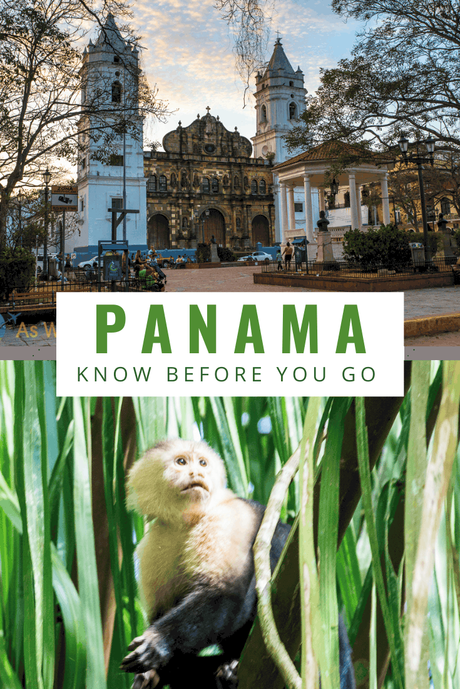If you're heading to Panama and want to make the most of your trip, you'll want to learn a bit about the country before you go. Understanding a culture and history will give you more of an appreciation of the place and its people.
So we've put together a list of 20 of the most useful things to know about Panama before you go. You know, the things we wish we'd known before we moved there ourselves.
1. Panama is most famous for its canal
If there's one must-do attraction on any trip to Panama, it's got to be the Panama Canal. It's the most popular day trip from Panama City, and the Miraflores Locks are only a few minutes outside of town.
If you visit Miraflores Visitor Center, you'll get a real appreciation for just how difficult it really was to build the Canal. Digging a channel across the isthmus of Panama was so challenging that the first builders actually gave up. Thousands of workers died from diseases and accidents, and the financial cost was exorbitant.
Panama's Canal is crucial to maritime trade. It cuts 5,000 miles from the journey between the Atlantic and Pacific Oceans. The savings in fuel and time translate to lower shipping prices and faster shipping times, which benefit all of us at the store.
About 14000 ships pass through the Panama Canal every year and it takes about 8 to 10 hours to complete the journey.
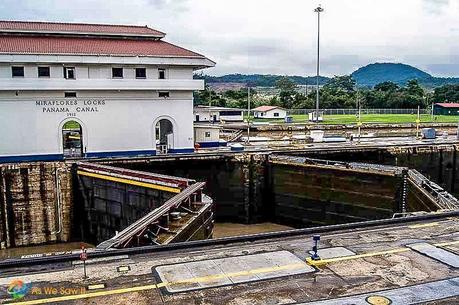
2. Panama runs east-west
This is the only Central American country that doesn't run north to south. Panama is shaped like an almost perfect sideways "S", with the Atlantic/Caribbean to the north and a large peninsula that juts south into the Pacific Ocean to the south.
The highest point of Panama is Volcan Baru, an inactive volcano in Boquete. If you climb to the top, you can see both oceans, the Atlantic and Pacific, at the same time. The volcano is one of a central spine of mountains that run through the country.
3. Panama uses the U.S. dollar.
Sure, foreign exchange sites may say that Panama uses the Panamanian Balboa as the official currency, but that's not the reality. People pay for things in U.S. currency. Even ATM machines spit out U.S. dollars.
Panama does not print its own paper currency and instead uses the US dollar as legal tender. The exception is the coins, which are Panamanian and come in 1, 5, 10, 25, and 50-cent pieces or a one Balboa coin. They are the same size, color, and weight as U.S. coins, and both are used.
Prices may be listed with either a "$" (dollar) or a "B/" (balboa) symbol. Either way, it doesn't matter because both mean the same thing and have the same value. The Panamanian Balboa is pegged to the US dollar, so their value is the same.
ATMs charge to withdraw cash and your bank may also charge an exchange fee. Bring some cash from home; small bills are better. Vendors don't always have enough cash to give change.
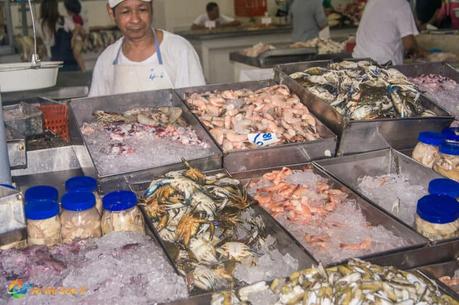
4. You can see a lot of Panama without changing hotels
A lot of Panama's best attractions are within an hour or two of the capital city. What this means for you is that you can stay in one place and day trip your way around the area. Trust us: Not having to change hotels means you'll have a lot more time for sightseeing.
If you want to visit places that are further away, such as Boquete, Bocas del Toro, the Pearl Islands or San Blas, a day trip is impractical. Sure, you could fly there for a quick visit, but why? They deserve more than one day anyway!
5. Panama's tap water is safe to drink
You don't need to worry about the local tap water in Panama. It's chlorinated and is perfectly safe. Feel free to shower, brush your teeth, and drink to your heart's content.
That said, the water can be questionable in the more remote villages. If you're traveling off the beaten track, it's probably better to play it safe and rely on bottled water.
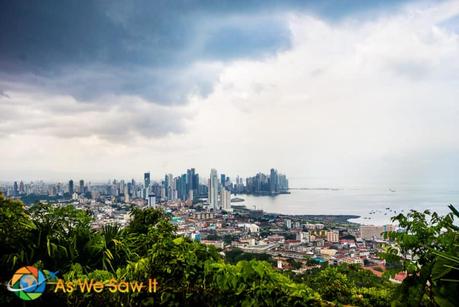
6. You can't drive to Colombia from Panama
The infamous Darién Gap borders the country of Colombia, and it is pretty well impossible to cross. Not only is it a 60-mile stretch of impenetrable jungle and swamp, it's a favorite hangout for people that you never want to meet.
So since the Pan-American Highway doesn't span this section of the world, you'll have to fly or take a boat if you want to head south.
7. Panama has a good transportation system
Panama's infrastructure is pretty good, and it's easy to get around. the capital city has local buses as well as a new subway system. To get out of town, the country also has an extensive bus system, with cheap long-distance buses that go to most parts of the country. The main bus terminal is next to Albrook Mall.
Panama City has two international airports:
- Tocumen International Airport (PTY) - where most international flights arrive. It's a modern airport that seems to always be expanding.
- Marcos A. Gelabert International Airport (PAC), often called Albrook Airport - served by Air Panama serves Bocas del Toro and Guna Yala, as well as San Jose (Costa Rica), and Medellin (Colombia).
Panama City's two airports are at opposite ends of the city. Ground transport is available between airports, but flight schedules are weird and coordinating flight times rarely works out. You'll do well to plan to spend some time in Panama City before heading out of town.
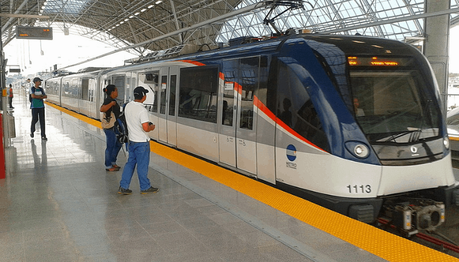
8. Not everyone speaks English
Despite more than 100 years of U.S. presence, it still can be hard to find English speakers in many parts of the country. Panama's national language is Spanish, and they'll love you if you try to speak a few phrases.
Likewise, Panamanians love practicing their English with visitors. Many can speak English, especially in in the capital and Boquete.
Seriously though, don't be too concerned if you do need to speak with someone who only speaks Spanish. You'll get by quite well with only sign language and the Google Translate app.
9. Panama has amazing weather
As a tropical country, Panama has with hot weather throughout the year. Its wet season is from May to November, but it's normal to have heavy downpours during the dry season, between December and April. Most tourists visit during the dry season.
Panama is the best destination if you want to avoid hurricanes, because the country is so far south. Panama lies outside the hurricane belt, and it's never been affected by these storms.
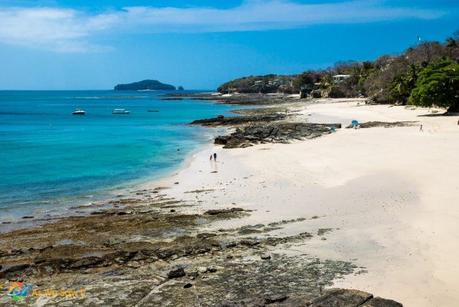
10. Panama is more than a tropical beach vacation
Sure, Panama has that man made canal, plenty of idyllic beaches and islands with resorts, cocktail bars and spas. There's so much more to the country than that, though.
Panama City has everything from colonial ruins to traffic and skyscrapers, but not far away, you can also swim with sharks off Isla Coiba, laze in a hammock in the San Blas islands, or kick back in a Bocas cocktail bar.
Or, if you want the ultimate in adventure, you can head to the depths of the Darién jungle and see what Panama was like before they built the Canal.
11. Panama is safe
According to the 2020 Global Peace Index of 163 countries, Panama is the fourth safest country in the Western Hemisphere and the 56th safest country in the world. Only Canada, Uruguay and Chile are considered more safe in the Western Hemisphere.
Family and solo female travel in Panama is perfectly safe. Just remember to follow normal safety precautions.
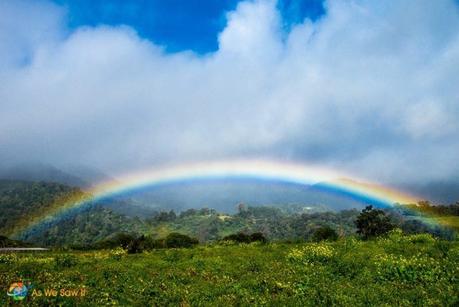
12. Panama produces some of the world's best coffee
Panama is known for its coffee worldwide. It's so good that people drink it around the clock, not just at breakfast.
The best beans in the country are grown around Boquete, in Chiriqui Province. While growers produce a number of varieties, the most coveted is the Geisha coffee bean. It's one of the most sought-after varieties on the planet, so much so that auction prices have topped $1,000 per pound.
13. There's no such thing as personal space.
The concept of personal space is unknown in Panama. To a Panamanian, asking personal questions like "Are you married?"and "How old are you?" shows friendly interest in you as a person.
And forget about being politically correct. It may bother our American expectation that "all are created equal," but in Panama, they see no problem with charging higher prices to foreigners.
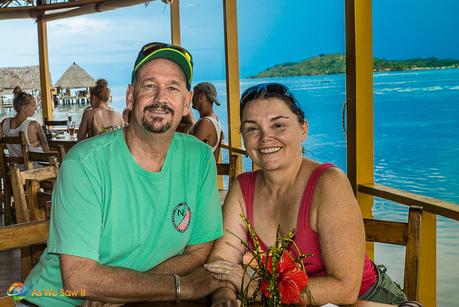
14. Panama has two independence days
Panama gained independence twice: first from Spain, and then later from Colombia. Both events occurred in November, so the country celebrates its separation from Spain on the 3rd and marks its emancipation from Colombia on the 28th.
Panamanians enjoy fiestas and often celebrate with fireworks and parades. And if you're not around in November, there's also Panamanian Carnival to look forward to.
15. You must pack for the climate
Regardless of what month you travel, Panama is hot. Be sure to pack lightweight clothes and a pair of durable sandals. You'll also need a hat, sunglasses, and sunscreen.
If you plan to do any trekking, a good pair of hiking shoes will make your experience that much more enjoyable.
Always bring a jacket, too! Even if you don't plan to visit mountainous spots like Boquete, El Valle de Anton, and Santa Fe, air conditioning can be quite cold.
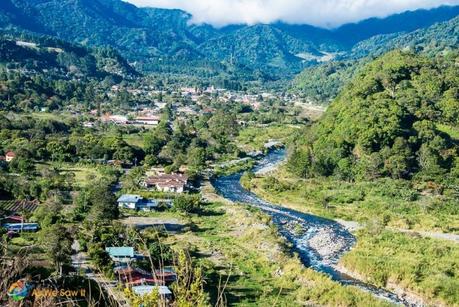
16. Taxis can be pricey.
In our experience, it's smart to use Uber rather than taxis to get around whenever possible. For one thing, you can be sure you've communicated your destination correctly. For another, Panamanian taxi drivers are notorious for overcharging tourists.
If you need to take a taxi, agree to a price before you get in. Taxis aren't metered, so drivers can charge what they want.
ⓘ TIP: Taxi drivers tend to charge more when they pick you up at a hotel. If you want to save money, hail a taxi from a block away.
17. Panama has amazing wildlife
As the land bridge between North and South America, Panama is one of the most biodiverse places on earth, with 125 animal species found nowhere else in the world.
We were blown away by the variety of wildlife we saw while living in the country. From howler monkeys to poison dart frogs, sloths, blue morpho butterflies and coatimundis, Panama is a land made for nature lovers. and bird-watchers. Considered one of the world's best birding sights, with 940 bird species including rare birds like the quetzal and harpy eagle.
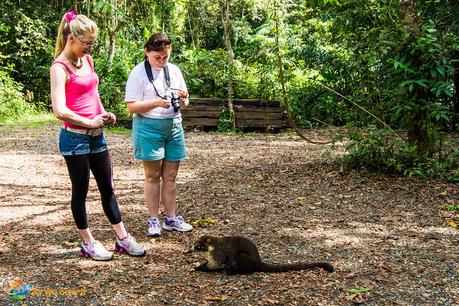
18. Don't expect fast service
Panama's Spanish heritage shows at mealtimes. Dining out is an occasion to be enjoyed, not rushed. When you arrive at a restaurant, the table is yours for as long as you wish.
We've seen tables order a single course, sit for an hour chatting and drinking, then ask for the menu so they could order something else, and this went on all night.
Don't expect anyone to bring your check as soon as you finish your entrée. You'll have to signal your waiter when you're ready to settle the bill.
ⓘ TIP: To avoid stress about being late, don't book a tour that will start right after lunch.
19. No one is ever in a hurry in Panama
North Americans and Europeans consider time a valuable commodity, but not so in Panama. When we lived there, the cable installer shrugged when we complained he'd missed three appointments. We quickly learned that Panamanians have perfected the concept of "island time" and have a leisurely attitude toward getting things done.
Don't be surprised if a show or bus departure doesn't happen when it's supposed to. Things move at their own pace, and there's no way to speed things up. This might stress you out if you tend to be "type A", so be prepared.
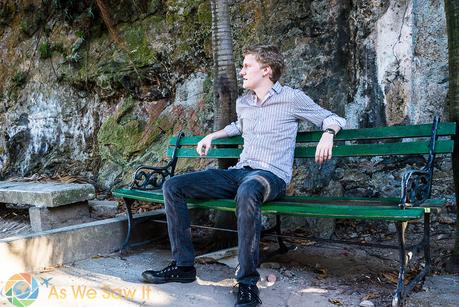
20. There's no North American tipping in Panama
Panamanians view tips as a reward for good service, they don't expect. It's normal to leave a 10% tip at restaurants, especially if you're there for the evening. Be aware though, some restaurants will sneak in an automatic 10% for service-so check your bill carefully before paying.
Generally, porters only expect tips in more expensive hotels. In that case, tipping $1-$2 per bag is sufficient. Taxi drivers do not expect tips, but you might consider rounding up the fare if the taxi driver was extra helpful.
ⓘ CULTURAL TIP: Speaking as one who lived in Panama for years, I beg you: Please don't be a clueless tourist and leave a North American 20% tip! You might think you're being generous, but this practice upsets the natural balance of the local economy and damages the culture in unimaginable ways.
Want to save this for later? Pin it to your favorite Pinterest board!
